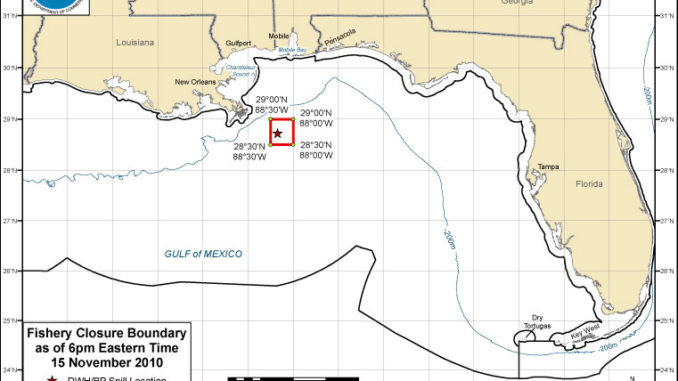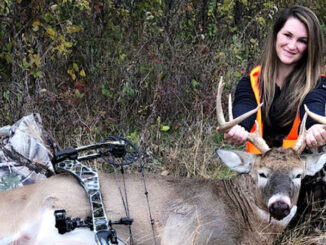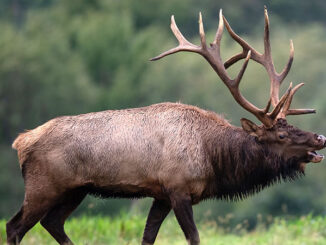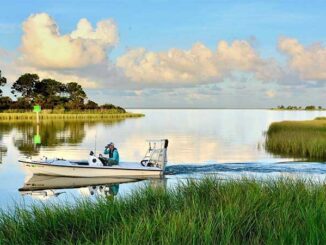
Federal authorities today (Nov. 15) reopened 8,403 square miles of the Gulf of Mexico previously closed because of the BP Deepwater Horizon oil spill, bringing the amount of Gulf waters open for recreational and commercial fishing to 99.6 percent, the National Oceanic and Atmospheric Administration announced.
The newly reopened waters extend from the Louisiana state water line due south to the Alabama/Florida state line, and represents 89 percent of the waters that remained closed after the agency’s last reopening on Oct. 22.
An area covering 1,041 square miles immediately surrounding the wellhead, remains closed to fishing. Click here to see the current closure map.
This latest action comes after consulation with the U.S. Food and Drug Administration and under a reopening protocol agreed to by NOAA, the FDA, and the Gulf states, NOAA officials said in a news release.
Federal officials said no oil or sheen has been documented in the area since July 25.
NOAA sampled this area between Aug. 31 and Nov. 1 for finfish and shrimp, including tuna, swordfish, escolar, and royal red shrimp. No detectable oil or dispersant ordors or flavors were found in 286 finfish samples and 55 shrimp samples, while chemical analysis of 207 finfish samples and 50 shrimp samples found oil-related compounds and dispersants “well below the levels of concern,” the agency said.
“This is the first reopening where we have added a supplemental test to detect dispersants in seafood, and all the samples passed,” said Jane Lubchenco, under secretary of commerce for oceans and atmosphere and NOAA administrator. “This is yet another indication that our Gulf seafood is safe for consumption.”
As announced on Oct. 29, NOAA and FDA have developed and implemented a chemical test to detect the presence of dispersants in fish, oysters, crabs and shrimp. The level of concern for dispersants is 100 parts per million for finfish and 500 parts per million for shrimp. The test can reliably detect Dioctyl sodium sulfosuccinate (DOSS) at levels of 2,000 times below the lowest level of concern.
NOAA continues to work closely with the FDA and the Gulf states to ensure seafood safety. NOAA and FDA are working together on broad-scale seafood sampling that includes sampling seafood from inside and outside the closure area, as well as dockside and market-based sampling.


